If you’ve been following along with us through the years, whether here or at Rocky Top Talk, you probably know that in the real world I’m a United Methodist pastor. And I’m really proud to share a book I wrote in that real world, which comes out today. Roots of Eden explores the first truths about God and human beings, told through the first three chapters of Genesis. I’d love for you to check it out here.
The journey of this book was paved, in part, by the reps of writing however many thousands of words in this space for the last 15 years. Whether this is your first time on our site or you’ve been with us forever, thanks so very much for reading.
The Vols, of course, do land a couple of mentions in the book. Here’s a companion piece to one of them.
Whenever someone tells me they’re worried about whether we’ll be good in time for their kids to love the Vols, I think about Steve Hamer.
It’s a real question, I’m sure. My own children – one now almost four, the other just past her first birthday – are still a bit too young for this game, though it’s one the adults in their world would barely recognize. My son’s first semi-internalized connection with success for Tennessee came via this baseball season, a stunning upset on the athletic department leaderboard when he was born. The day we brought him home from the hospital, Tennessee lost to Georgia 41-0. In his tiny lifetime, our basketball team has three wins at Rupp Arena, and our football team is 17-26 with an average margin of defeat of I’m-not-looking-that-up.
My dad, who is the first person responsible for me sitting at this keyboard punching letters about the Vols, took me to my first game when I was five. We weren’t great in 1986, and actually lost to Army that day. But the year before, I hear we did alright. Five years old for my son will be next fall. It’s strange, but for me suddenly the Orange & White Game next spring is a significant event again. There’s the sense that we have to get him there, get him started.
I’m not sure how much ground Josh Heupel can make up in a year, but there’s a part of introducing our kids to Tennessee football that feels like it should come with a warning: “This might sting a little, but it’s for your own good.”
And it’s not a new question in 2021 or 2022. Even as far back as 2006 – which seems silly now – those of us wanting to pass something significant on to the next generation have been looking for those moments that have a chance to become memories.
But no matter how many of them we do or don’t produce this fall, or into the next few years, Steve Hamer gives me comfort. Because those of us who grew up during the best of times for Tennessee football simultaneously experienced the worst of times for Tennessee basketball.
The Vols made the NCAA Tournament six out of seven years from 1977-1983.
And then Tennessee made one of the next 14 tournaments.
That one was no prize: a 16-point loss in the 7/10 game to West Virginia in 1989, the last one of Don DeVoe’s tenure.
I was seven years old when that happened. The next time Tennessee made the dance, I was 16.
I see a thought that goes around from time to time that you gravitate towards whatever team in your life was best when you were ten years old. It’s why my generation, especially those of us with the Vols/Braves combo, has had such a hard time with the last 13 years. That kind of math also starts putting an internal clock on Tennessee’s own success: “We’ve got x years to get this turned around, or I’ll lose my kids forever!”
Basketball was and is my favorite sport. I caught the tail end of Larry Bird’s career, but it was enough to keep me invested in the Celtics even when nothing good was walking through that door for a while after that.
But at Tennessee?
Wade Houston replaced Don DeVoe, and his son Allan got buckets. But the team struggled: 16-14 in his first year, 12-22 (3-15) his second. They improved to 19-15 (8-8) in year three, but lost four of their last six games and again missed the NCAA Tournament.
I was ten years old that season, and watched my friends start looking around. Not even because they were bad ten-year-old fans, whatever that means. But because in basketball’s most important moments, Tennessee was never there to look at.
Meanwhile, other teams were becoming mythical creatures. You already had to deal with Kentucky as your biggest rival, freshly off probation and riding Jamal Mashburn and “The Unforgettables” to the Elite Eight. They fell there to Duke in the greatest game that’s ever been played; those Blue Devils had a trio of college basketball icons in Christian Laettner, Bobby Hurley, and Grant Hill.
And then that Duke team made it to the finals and faced the greatest threat to any young basketball Vol’s heart: the Fab Five.
Back when culture was a little more monolithic, change could be tracked almost overnight. And in fifth grade at Alcoa Elementary School and any gym I found myself in, black socks and baggy shorts appeared almost instantly.
It just became commonplace to say things like, “I like Tennessee, and then in the tournament I cheer for __________________.” That sentence had a “but” in it at one time, I’m sure. But by the early 90s, it was just accepted that you’d gravitate towards someone in March, because Tennessee was never an option.
It happened to me too: I went toward UCLA because I loved their colors. Some of these decisions got made via the pages of the Eastbay catalog, flipping through to see whose shorts you could get in the mail. When Allan Houston was taken 11th in the 1993 NBA Draft – 11th! That’s really good! – you saw far, far more jerseys in the Knoxville adolescent demo for Chris Webber and, in what should’ve been basketball blasphemy, Penny Hardaway.
And when Houston graduated, the Vols went 5-22 (2-14) in 1994. We lost to Arkansas-Little Rock by 10 in Knoxville, then Western Carolina by seven. My parents gave up two of our four season tickets because I don’t think we went to a single game. My UCLA shorts did win a title the next year though.
Kevin O’Neill arrived; new coach, kids are playing hard, etc. But his first team hit a 1-9 stretch in the middle of SEC play to finish 11-16 (4-12). Kentucky beat us by 19 in Lexington and 20 in Knoxville, two of 11 consecutive wins in the series, eight of which came by at least 15 points.
You can hope, and you can dream, and then at some point you have to see it. But the “it” you have to see isn’t a national championship or even a tournament appearance.
The “it” just needs to be moving forward.
I think about this often for Josh Heupel, because I’ve lived so many days of thinking about it for Jeremy Pruitt and Butch Jones. Some of the most valuable Saturdays for a fanbase are those first steps forward. Neither of them were able to stick the landing in year one. But ask any Tennessee fan to name their favorite Saturdays of the last ten years, and once they get done talking about 2016? They’re going to mention those Smokey Grays against Georgia. And we didn’t even win.
Steve Hamer was the best player on some of the worst Tennessee basketball teams, including the 1994 squad that went 5-22. In his senior year, the Vols battled for .500.
You had to get there to make the NIT. And Tennessee ping-ponged around it all season. These weren’t NCAA Tournament dreams. These were forward progress dreams.
The Vols lost the last two games of the regular season to land at 13-13 (6-10), meaning they had to win one game in the SEC Tournament to qualify for the NIT. The Vols played Alabama in the late night game in New Orleans.
And Steve Hamer went for 31 points and 21 rebounds, the latter still an SEC Tournament record. And we won.
I love using “we” to describe Tennessee. Always have. I’ve done little for the university, other than perhaps contribute some language to their standards on academic probation. We pay for season tickets and I try to make sense of it on the keyboard. Any ownership of their success or failure is mythical.
But they’re my team. And that night remains one of my favorite memories: Tennessee, in basketball, winning when it mattered. Moving it forward.
It wasn’t a straight line, of course: O’Neill left for Northwestern a year later. Jerry Green would become his own special brand of roller coaster. But he got the Vols in the NCAA Tournament just two years after Steve Hamer’s night. And the year after that, we beat Kentucky in Knoxville on the last day of the regular season to win the SEC East, and enter the NCAA Tournament as a four seed.
And now kids were wearing our shorts.
You don’t have to get all the way there. You just need to believe you might be on the way to something good.
Just enough hope to bring you back, because what ultimately brings us back to sports isn’t winning anyway. It’s the thing itself, not how often it wins, that really does it for us in football. There’s less pageantry and fewer people in basketball, but the idea’s the same: that’s our team. We don’t pass on wins to our children; I don’t think they’ll make the connection to what they didn’t experience for themselves. But I think we can pass on the experience itself.
And some of those most memorable days can come in those first steps forward.
Roots of Eden is available now at Amazon.
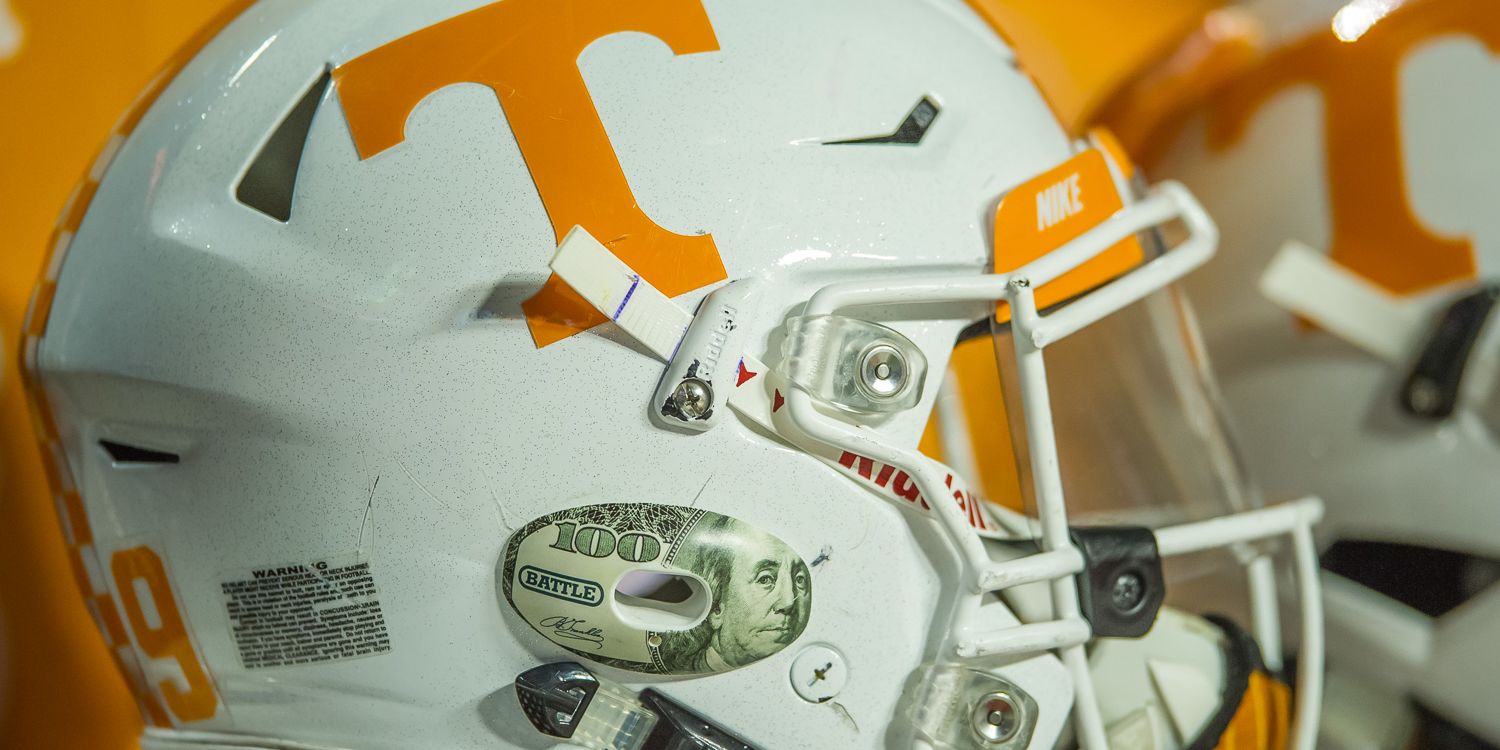
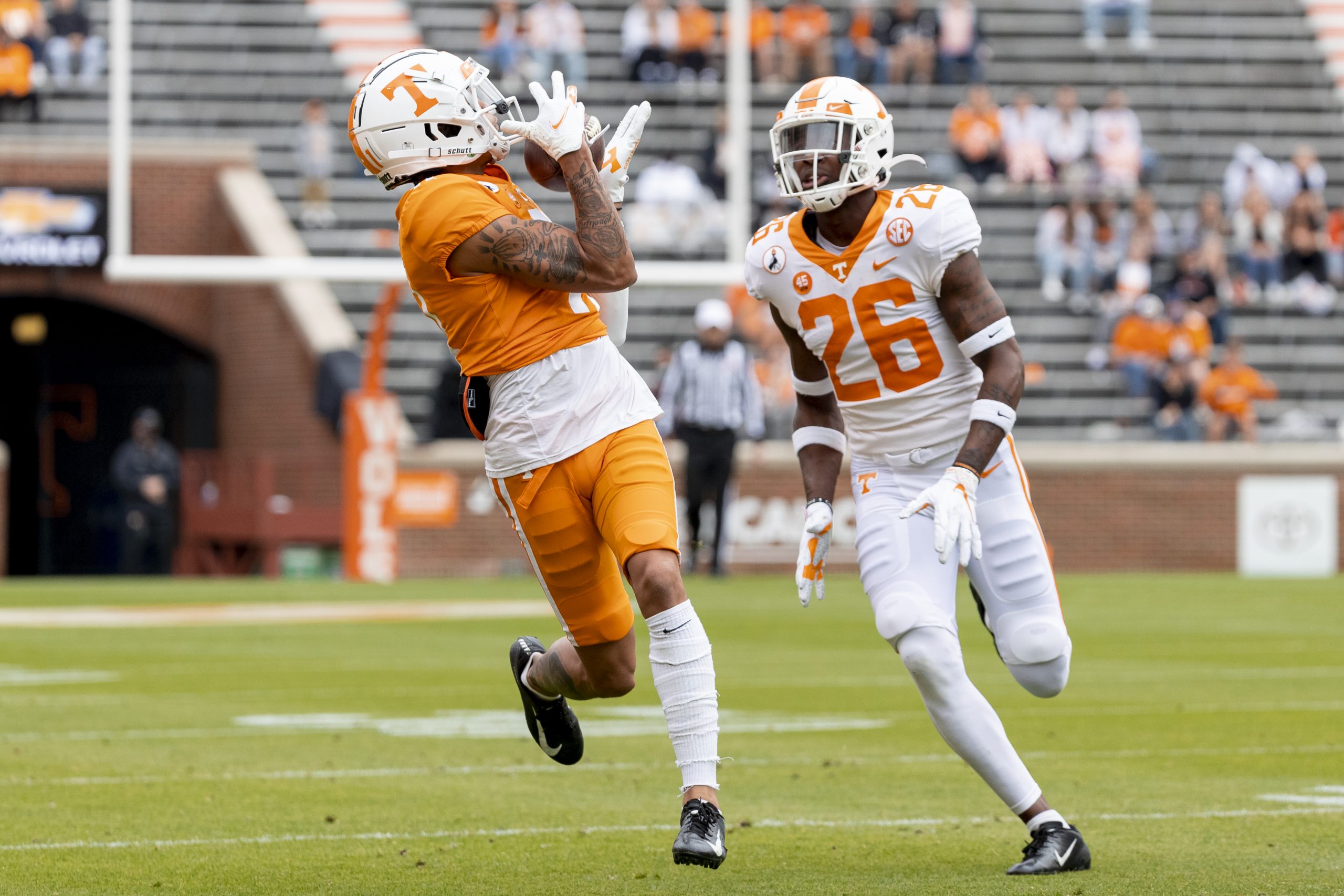
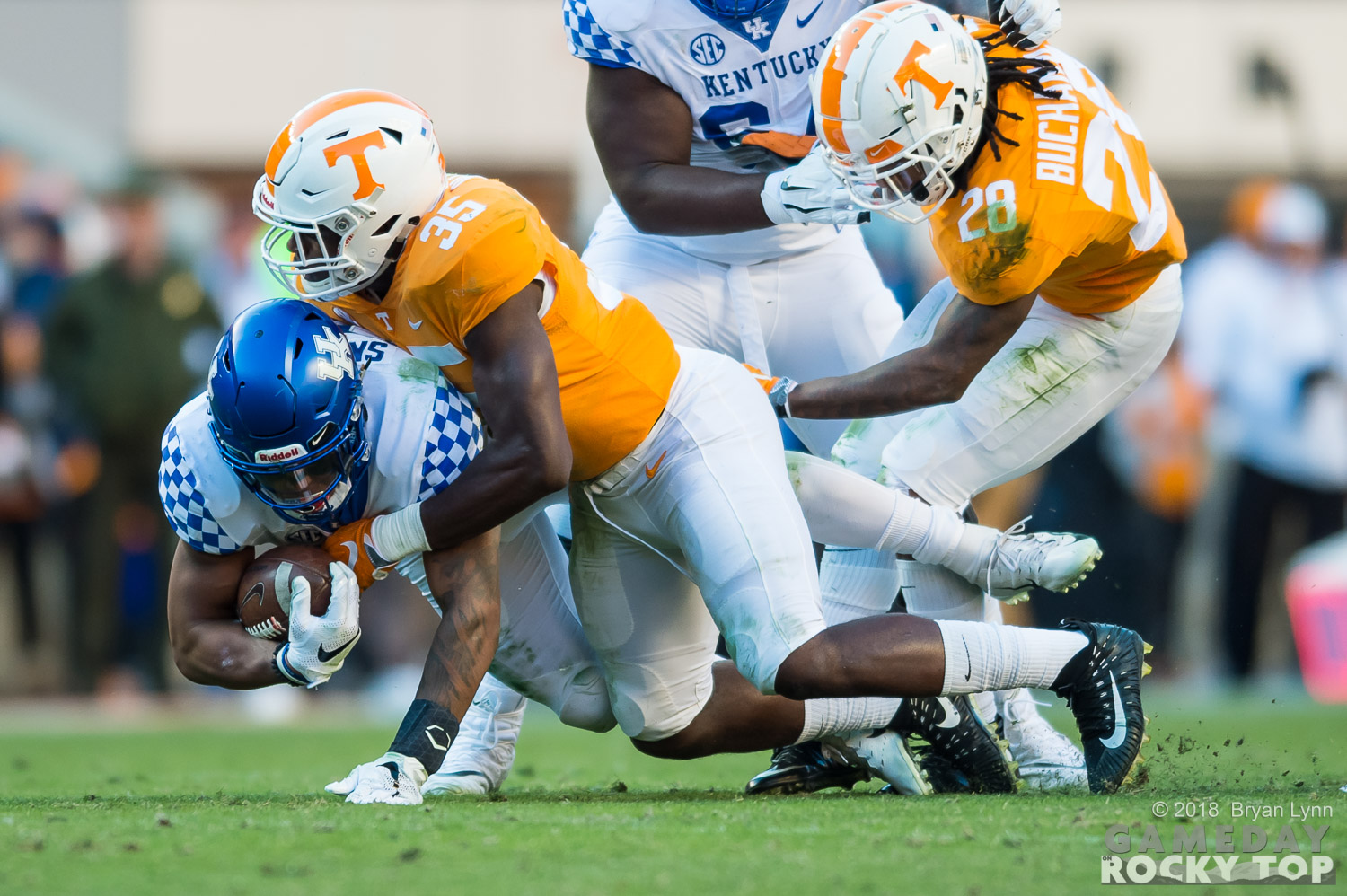
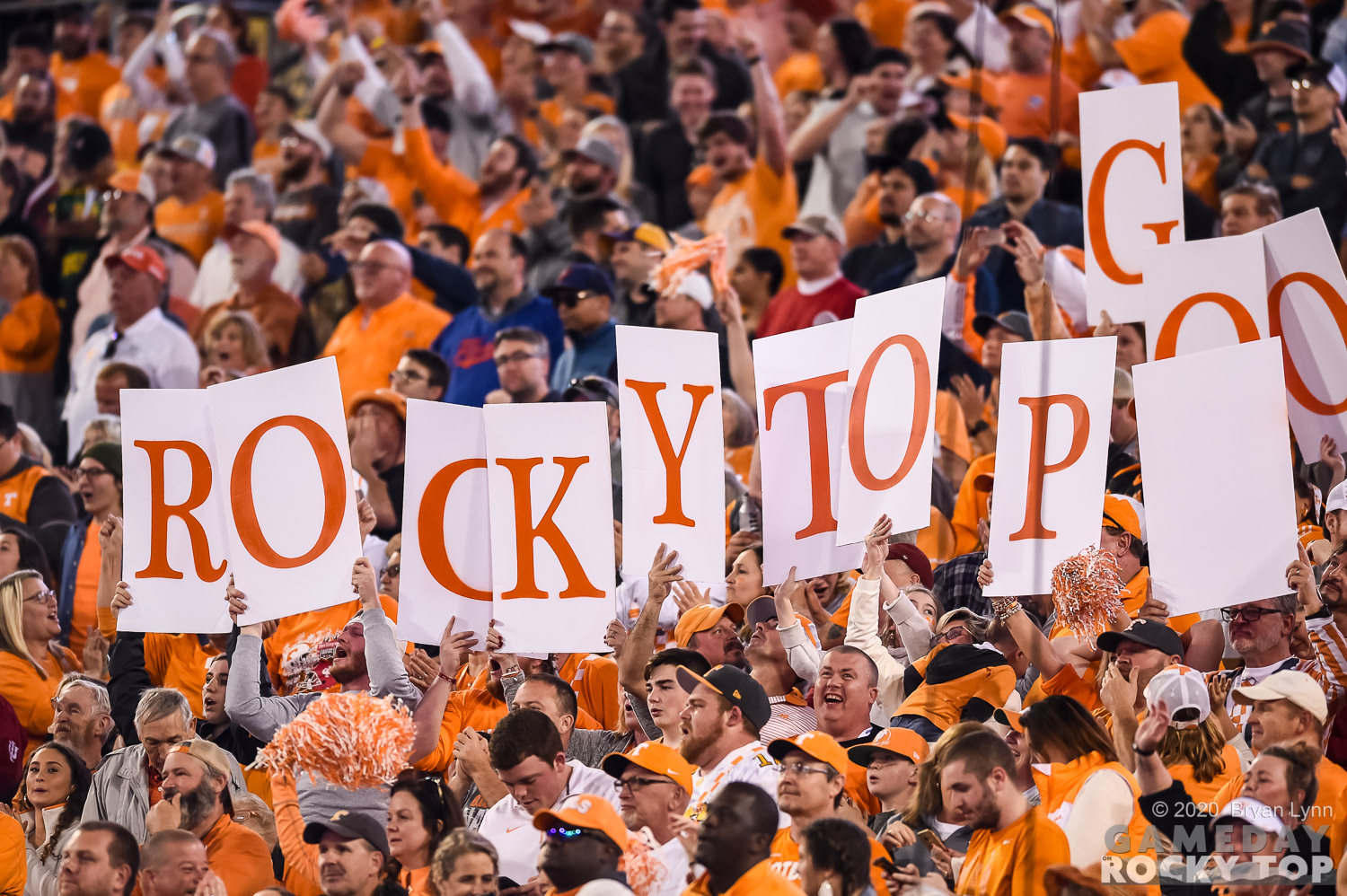
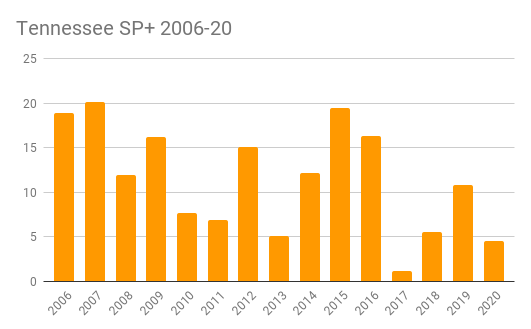
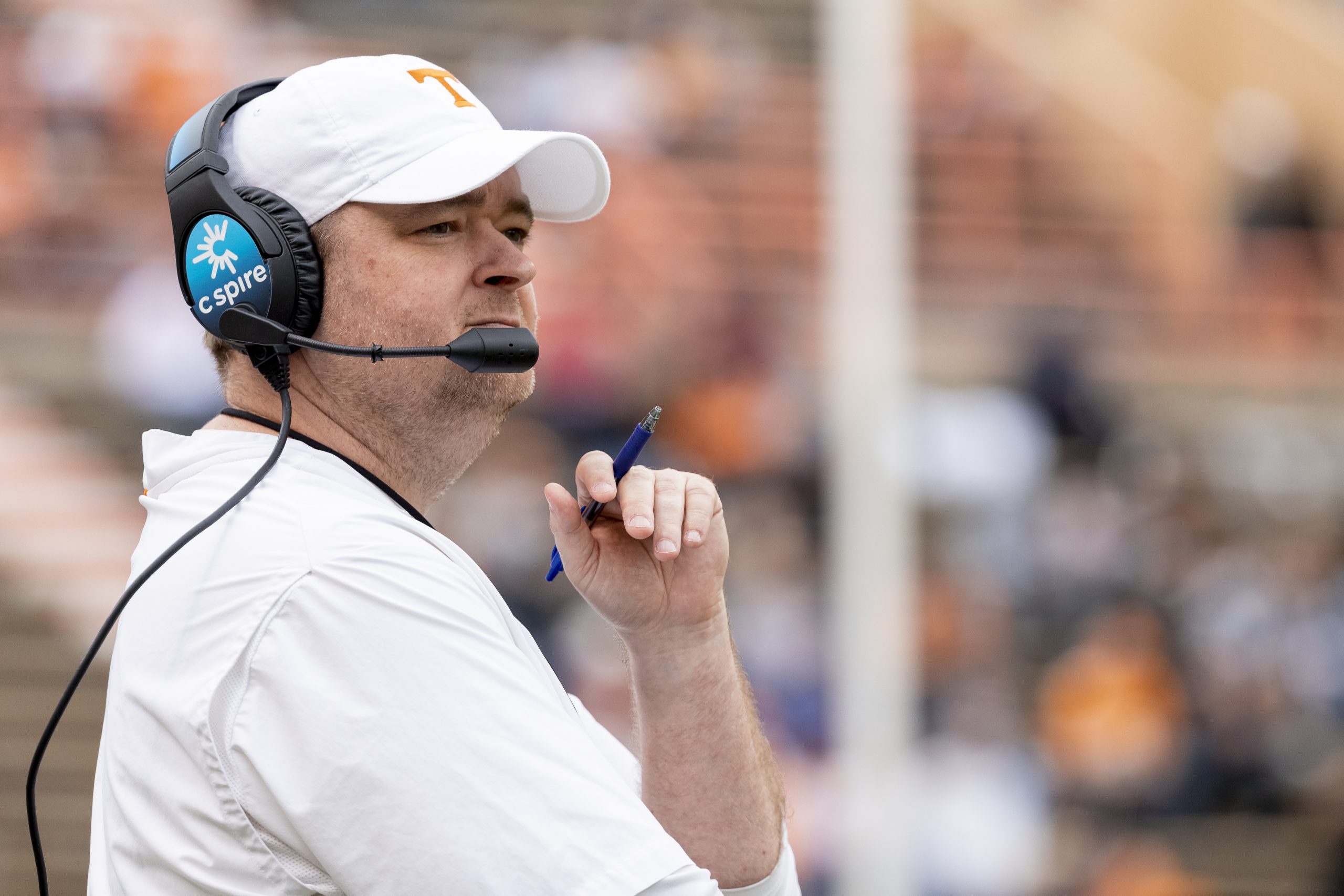
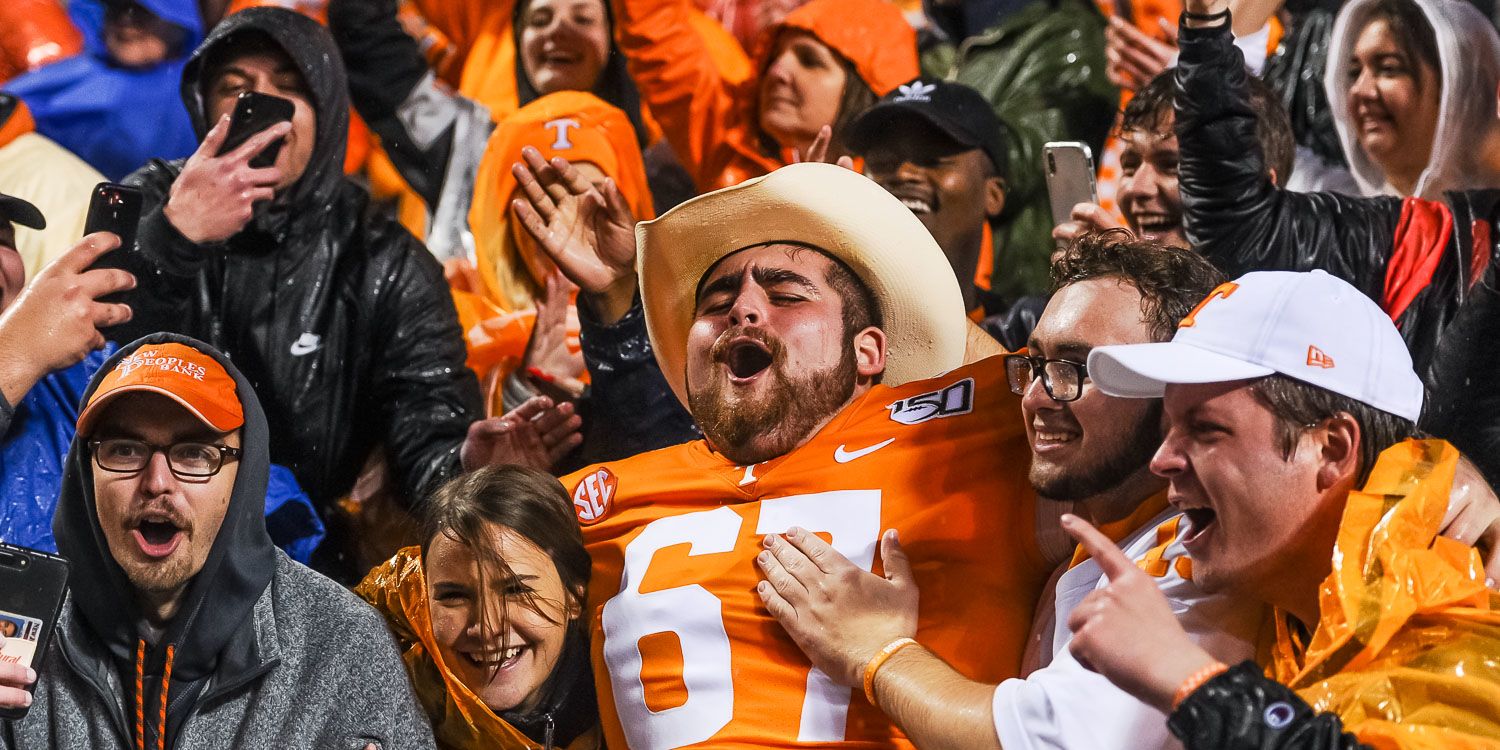
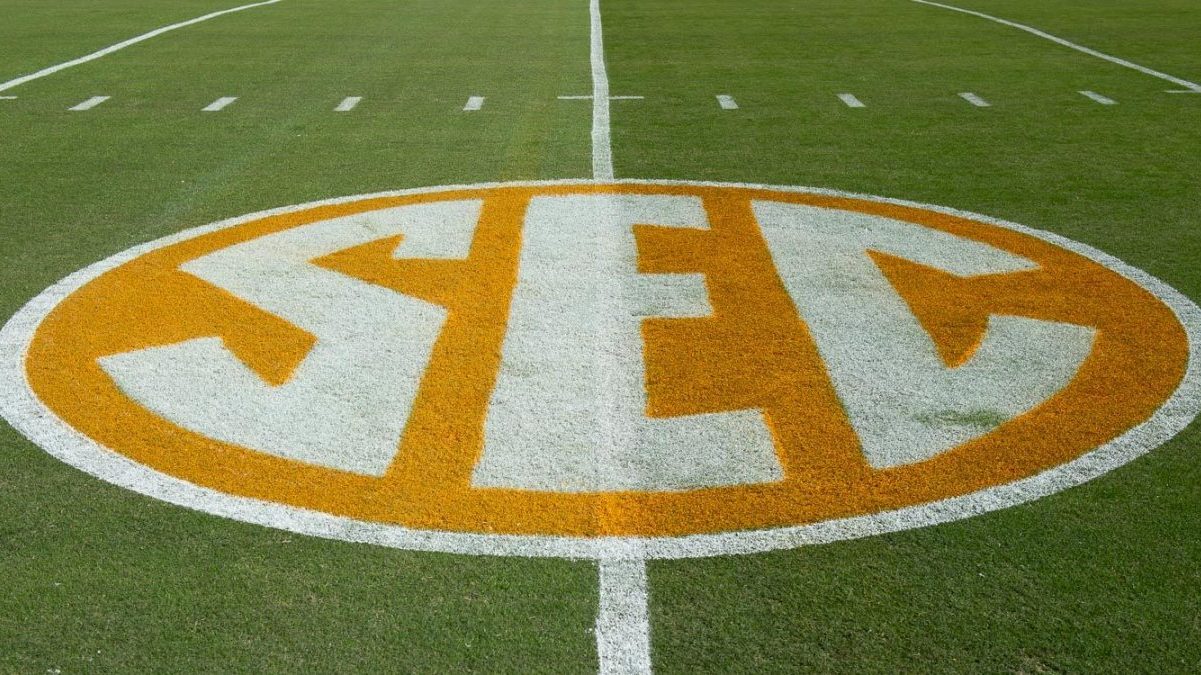
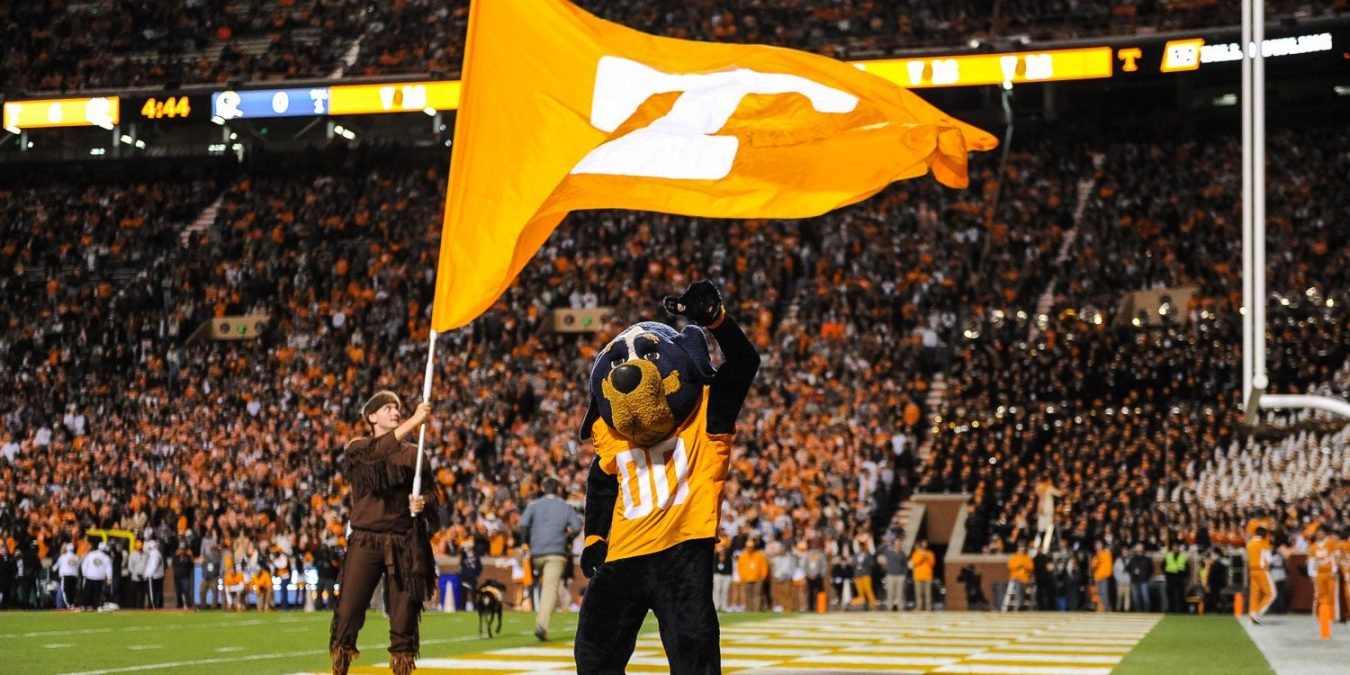
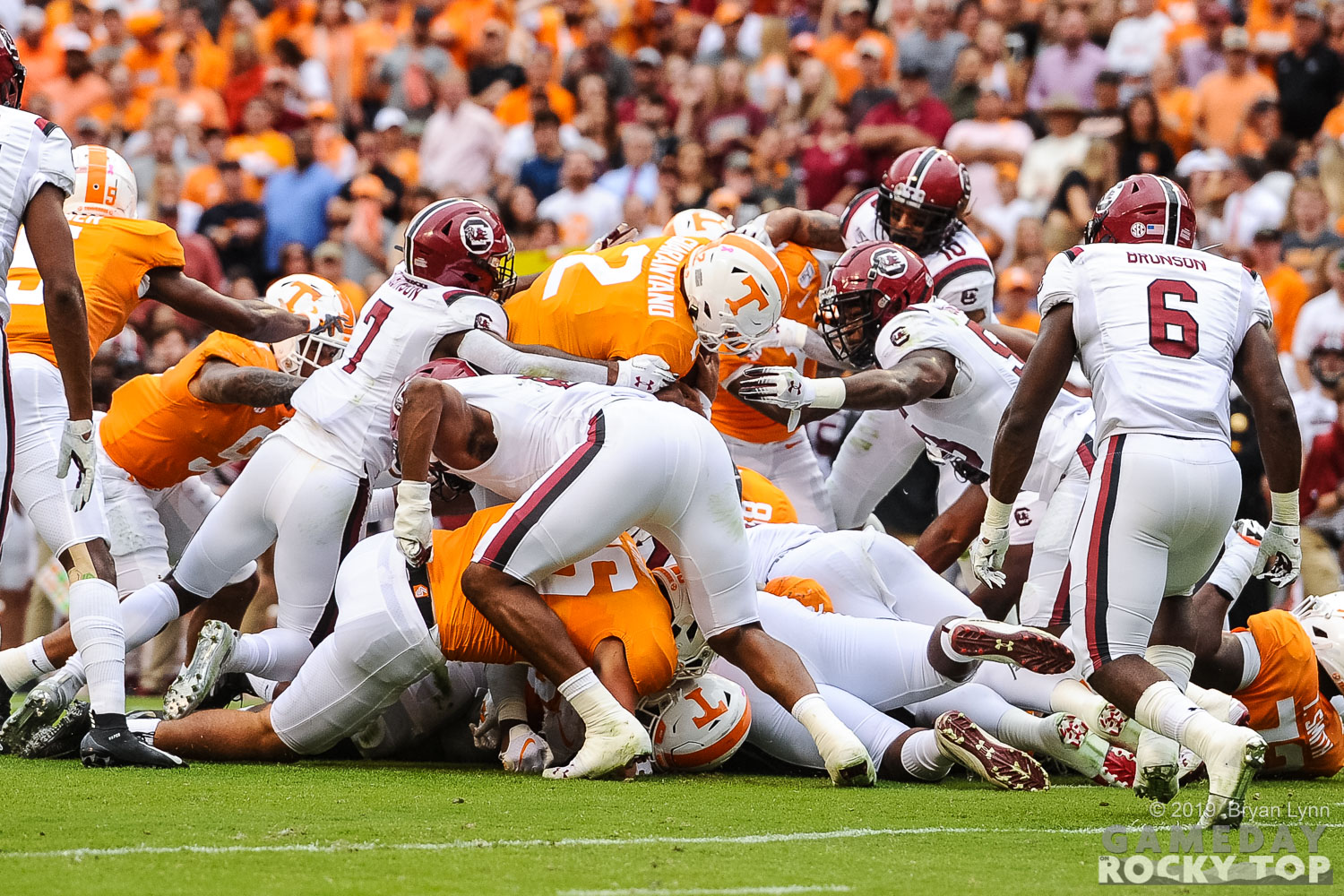
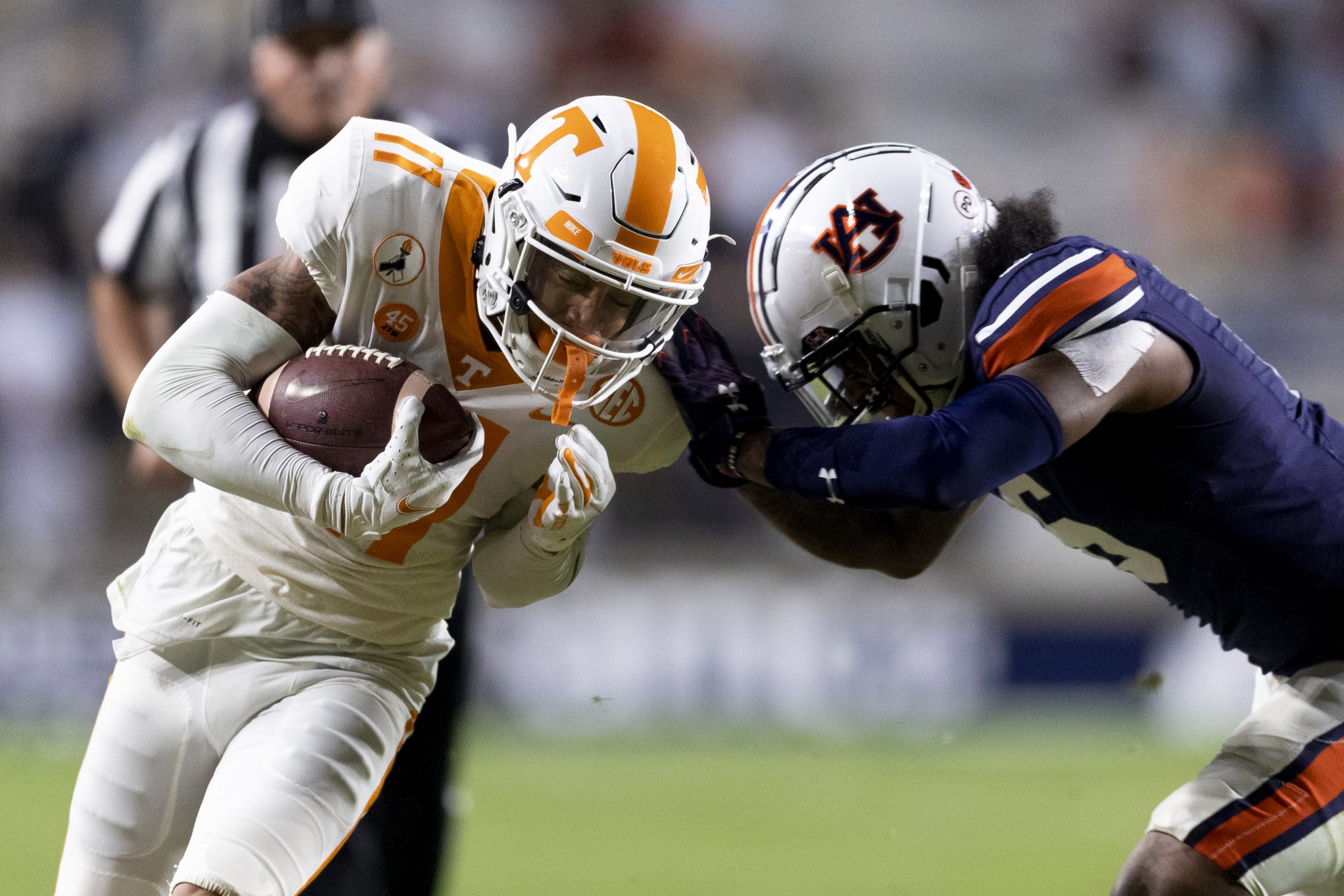
You must be logged in to post a comment.